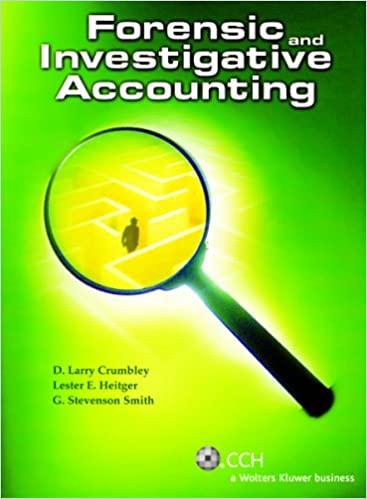
7. Bill Earner is unhappy about his latest sales results: his total dollar sales of products A and B have increased but his gross profit percentage has declined over the previous year. He wonders whether it is time to drop product B whose volume has declined to 2,000 units versus the 10,000 units sold of product A. Bill's total sales for the year were $400,000, his total cost of goods sold was $325,000 and his total overhead $50,000. Product B was Bill's first product and sold last year at $75 per unit (at factory). Bill calculated that it cost him $100,000 in materials and labour to produce B last year and he allocated $22.50 per unit towards his general overhead. Product A as been on the market for the past two years and cost Bill $10 per unit in materials and $12.50 per unit in labour to produce. Product A is made in a similar fashion to Product B so Bill has been able to produce it with only an additional $25,000 investment in new equipment (estimated life five years). Since this investment was to be depreciated on a straight-line basis, Bill decided to have Product A bear this additional annual company overhead. No other overhead was charged to A. Should Bill drop B? Why? 8. Al Hoffman is wondering whether he should introduce a new butterscotch dessert flavour based on the test market information he has received. His new brand, that he produces for $0.18 per unit (variable costs), has sold for $0.29 per unit and has done well against his competitor's caramel brand. Al estimates his butterscotch would sell 250,000 units in its first year of which 125,000 would represent switches to his lower-priced butterscotch from the competing caramel. He is worried, however, since he also estimates 20 per cent of the butterscotch volume will come from his own chocolate customers (chocolate has a variable cost of $0.15 per unit and is sold for $0.25 per unit) and 20 per cent of the butterscotch volume will come from his own strawberry customers (strawberry has a variable cost of $0.17 per unit and is sold for $0.28 per unit). Last year, Al sold 1.5 million units of dessert, of which a third were strawberry. Al wants an improvement in his gross profitability of at least 10 per cent; otherwise he will not introduce butterscotch. What should he do







